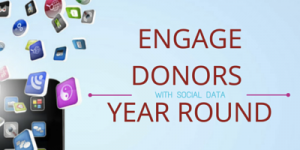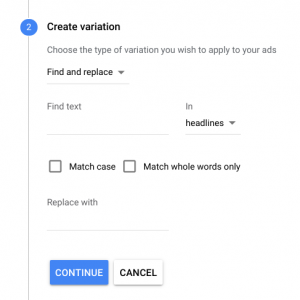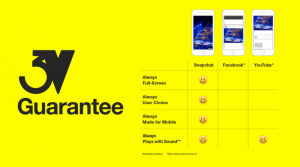This piece was adapted from our Ultimate Guide to Creating Your Own Voice Document.
All successful brands have a strong voice. Whether the trademarked Tiffany Blue Box or Nike’s defined and reinforced logo, solid brands have an identity in place, and you should, too.
That’s where a voice document comes in handy. This one- to two-page document concretely defines who to speak to, what to say and how to say it. It also prevents ambiguity around messaging when bringing on new hires, working with freelancers or communicating with internal staff.
Here’s how to get started:
1. Ask “Starter” Questions
- Who is your audience? Clearly define everyone that you want to reach with your voice document.
- Where will you reach your audience? Consider all the channels where you’ll publish content.
- Which KPIs will determine whether or not your messaging is successful? Creating content without a goal is a pointless venture. Will the time-on-site determine success? Will social media engagement play a factor? Are you focusing on increasing conversions?
2. Play “Match Maker” With Tone
With your brand identity in one hand and answers to the above questions in the other, it’s time to connect the dots. What tone will effectively connect point A (your brand’s voice) to point B (your brand’s identity)?
3. Think Across Platforms
Once you’ve selected an appropriate foundational tone, think about how it will vary depending on where you reach your audience.
4. Put It All Together
So you’ve got your brand identity, content goals, and tone down pat. Now it’s time to put all the pieces together in a voice document. Create one single document that includes all of the below points:
- Brand identity
- Mission statement
- Major KPIs
- Intended audience
- Tone
- Important editorial points
Here’s our own voice document to help you get started:
Click here for a printable version.
Just remember: It’s not enough to provide a voice document stating what your voice is and is not. Examples are key.
Once you’ve got a voice document in place, it’s time to figure out which format type is best for your content campaign. After that, make sure you’re talking to the right audience at the right time. Be sure to subscribe for all of the best content strategy tips we come up with next.
(180)
Report Post






